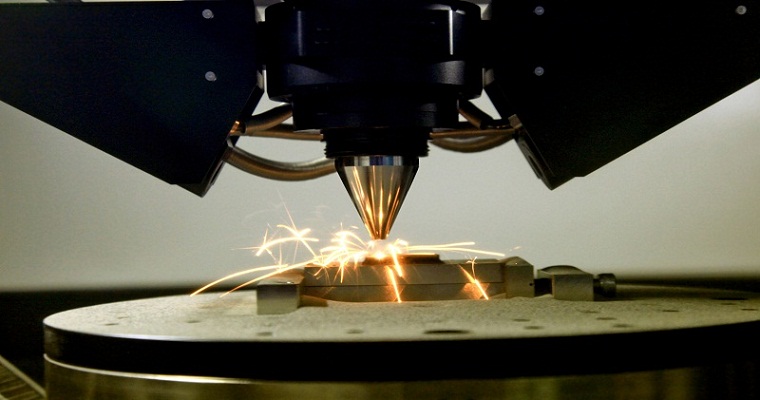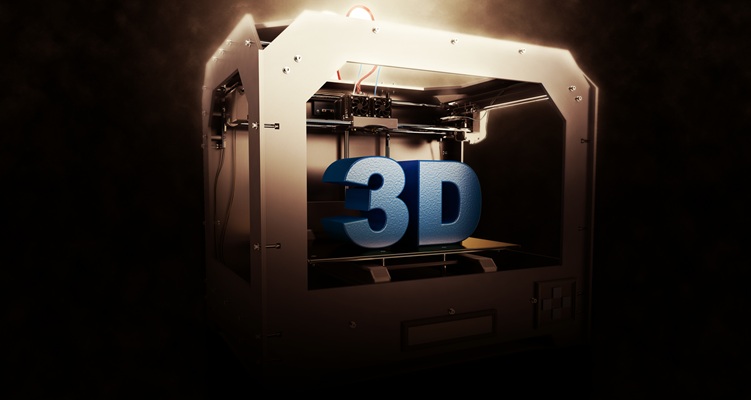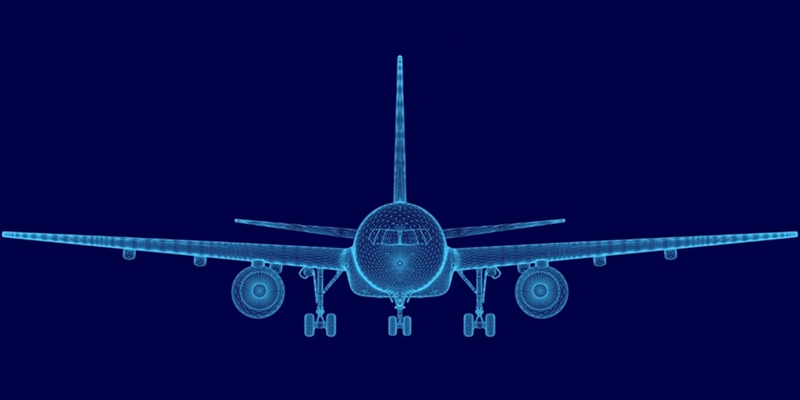Schedule a Call Back
Additive manufacturing adds new dimension to metal working
 Articles
Articles- Dec 30,23

Related Stories

Rare crystal shapes yield stronger 3D-printed metal parts
Quasicrystals, which were previously considered a myth, are now replicable for large-scale industrial applications. Stakeholders must support investments in 3D printing technologies and continued re..
Read more
Sustainability commitments are reshaping investments: Joachim Braun of ABB
ABB, Joachim Braun, process automation, industrial automation, Rakesh Rao, Process Industries, Mining, Steel Industry, Cement Industry, Pulp and Paper, Indian manufacturing industry, North America, ..
Read more
India must focus on creating original technologies: Dr Nagahanumaiah
In this conversation with Rakesh Rao, Dr Nagahanumaiah, Director of Central Manufacturing Technology Institute (CMTI), shares insights into CMTI’s contributions to emerging technology areas, and h..
Read more













